Is Tekton still alive? Comparing Tekton Pipelines with Argo Workflows, ArgoCD and Jenkins

Over a year ago we made an article about what Tekton is and where it fits.
As a reminder, Tekton is a Lego for building your own CI/CD system, with individual pieces so small that it takes thousands of them to build even a dog house.
As it’s been over a year since our original article, it’s a good moment to check whether Tekton is still alive and if it still makes sense.
Another reason to revisit Tekton is because it became the second project graduated from CD foundation, the first one being Jenkins, the ultimate job execution engine that almost no one likes, but almost everyone is still using it.
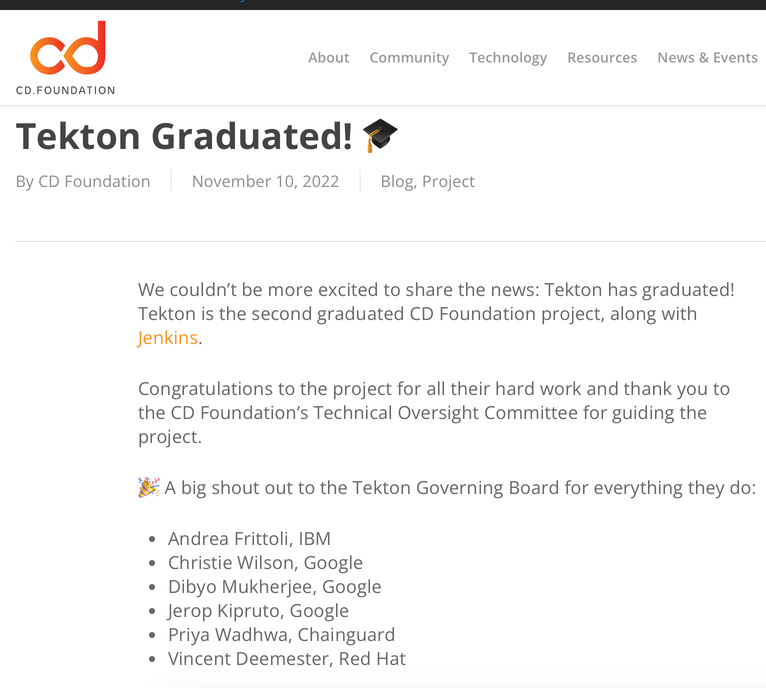
So, what changed in Tekton, which exciting big releases happened there, and which new problems it solved and introduced?
Well, if we make a quick research on the amount of content, that is - blog articles, videos, presentations - made on Tekton, you will notice that almost all of them were released around the same time we released our article, over a year ago. It seems like there was a huge interest at that point, which didn’t evolve into a high adoption of the community and thus a larger user base and more people sharing their experiences with the system.
Tekton
If we compare last 12 months with previous ones, we’ll see that the amount of content dropped down significantly - and not like there was much content to start with.
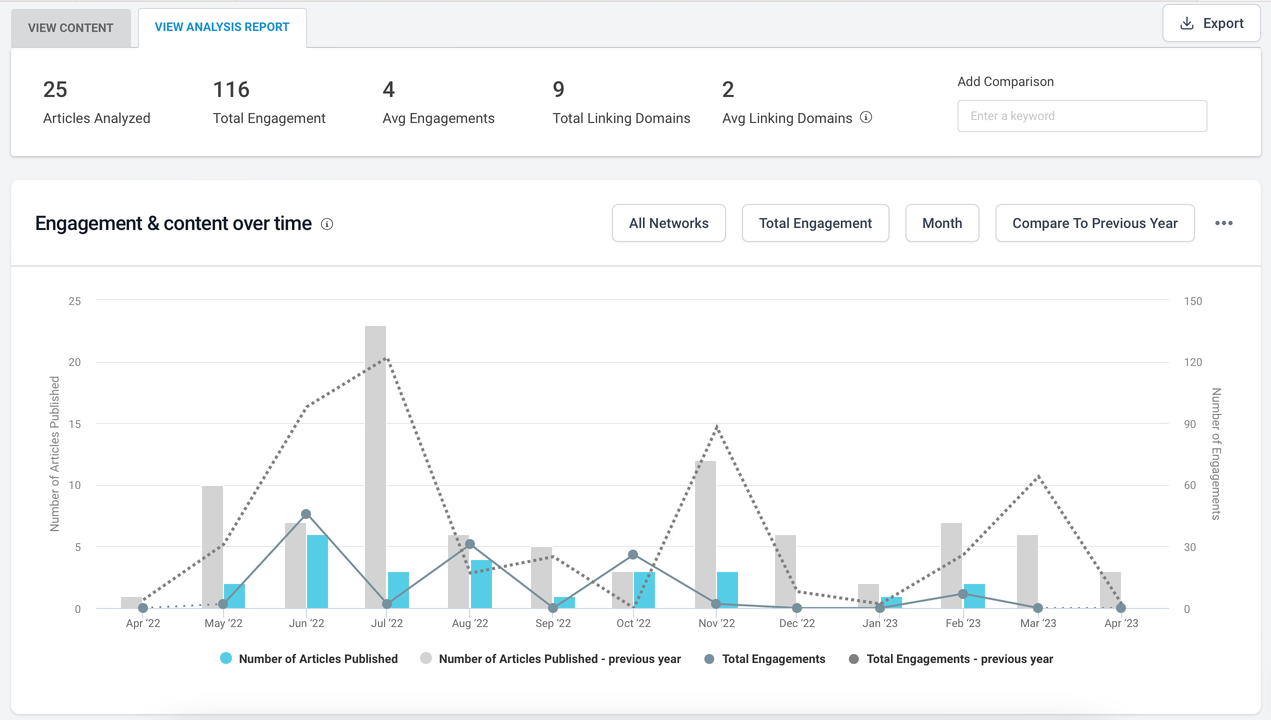
Jenkins
Compare it with Jenkins, the job execution engine that your younger colleagues told you you should be ashamed of. That’s, like more than a thousand times more articles published in the same period, and that’s more than articles that in the year before that.
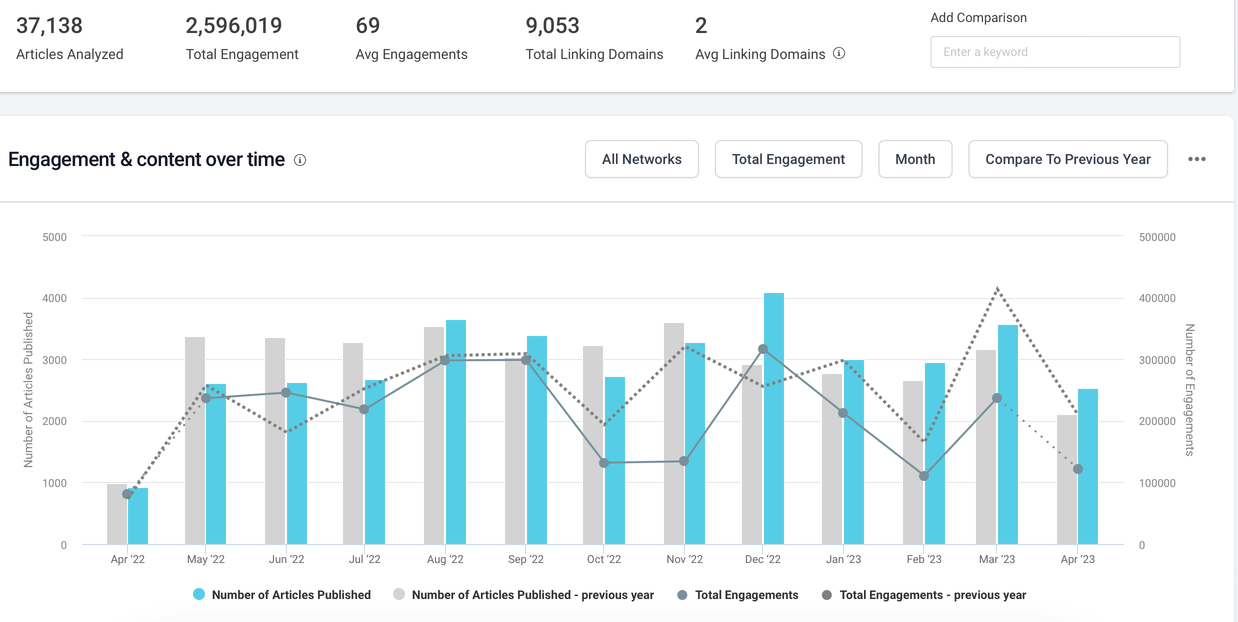
ArgoCD
Or let’s look at something more modern, Argo CD. We can see a growing interest and a almost 20 times more content published on the topic.
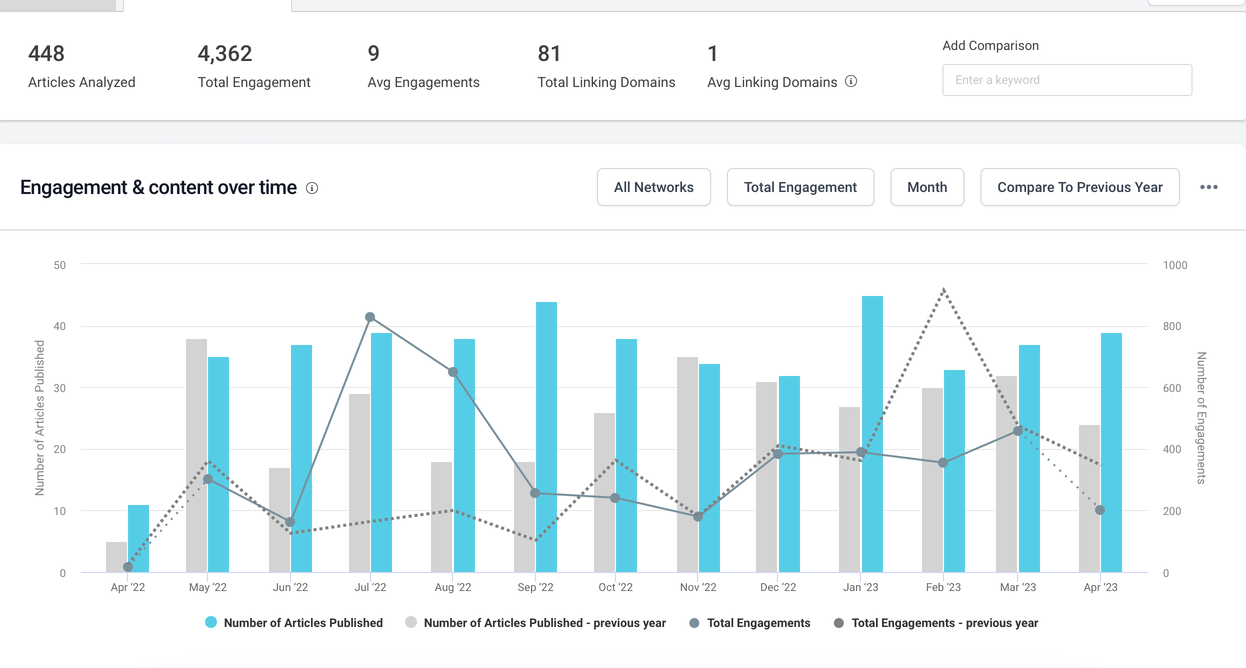
Argo Workflows
Finally, Argo Workflows, probably the system closest to Tekton, sees an increased popularity in last 12 months, and also 10 times more content.
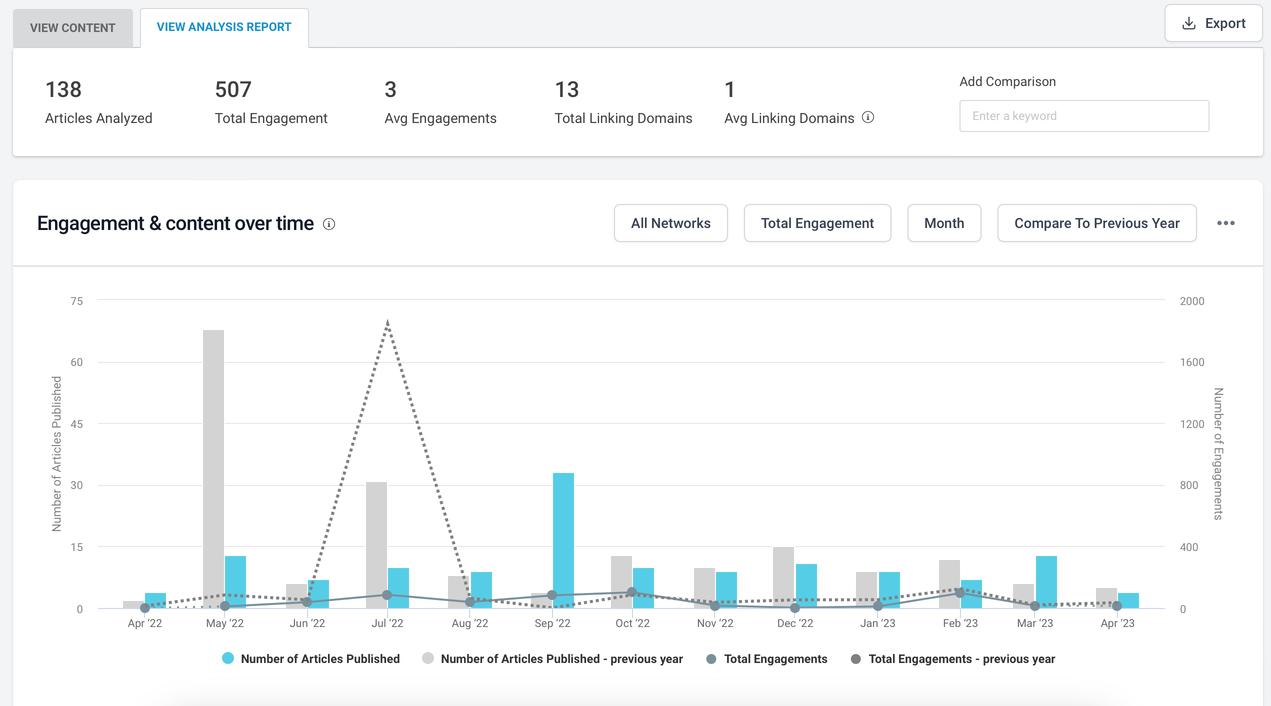
Tekton Pipelines vs Argo Workflows
If we compare them side by side, it’s just not looking that good for Tekton in terms of adoption.

Google Trends
It doesn’t look better in Google Trends, especially if we add Jenkins and GitHub Actions to the mix.
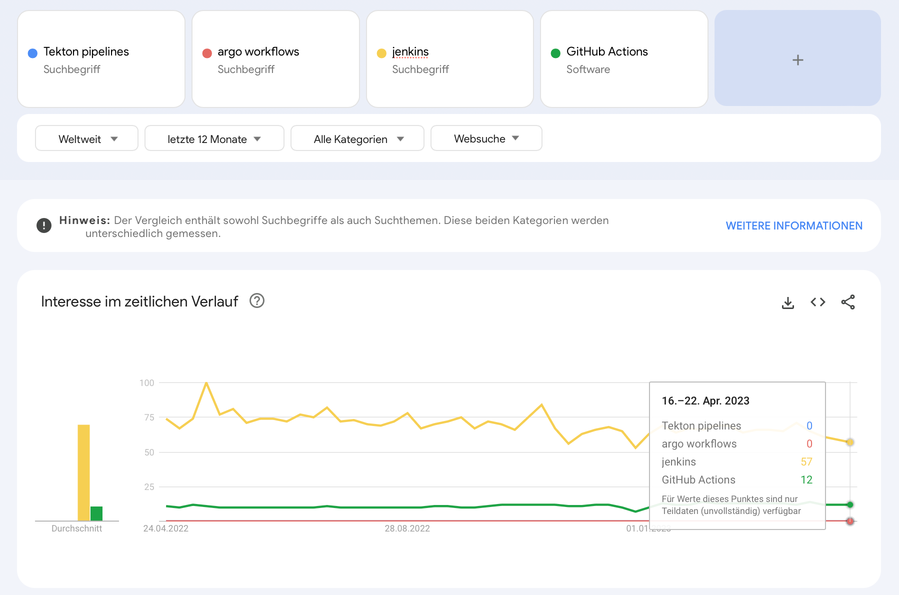
But let’s save our lovely cloud native tools from embarrassment, and look at the metrics without the big guys:
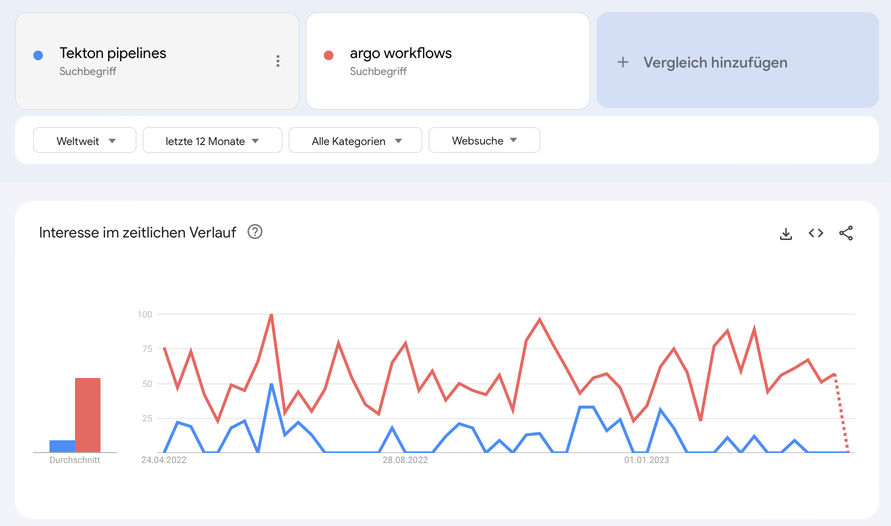
Is that a good metric? I don’t know, but when I see that every blog post about a tool is over a year old, I start doubting that this thing is that actively in use. Another fantastic metric is the amount of contributions and GitHub stars - here we see a steady development, with some commits happening almost every day. So, Tekton is still pretty much maintained and improved, it’s just hard for an outside observer to understand why.

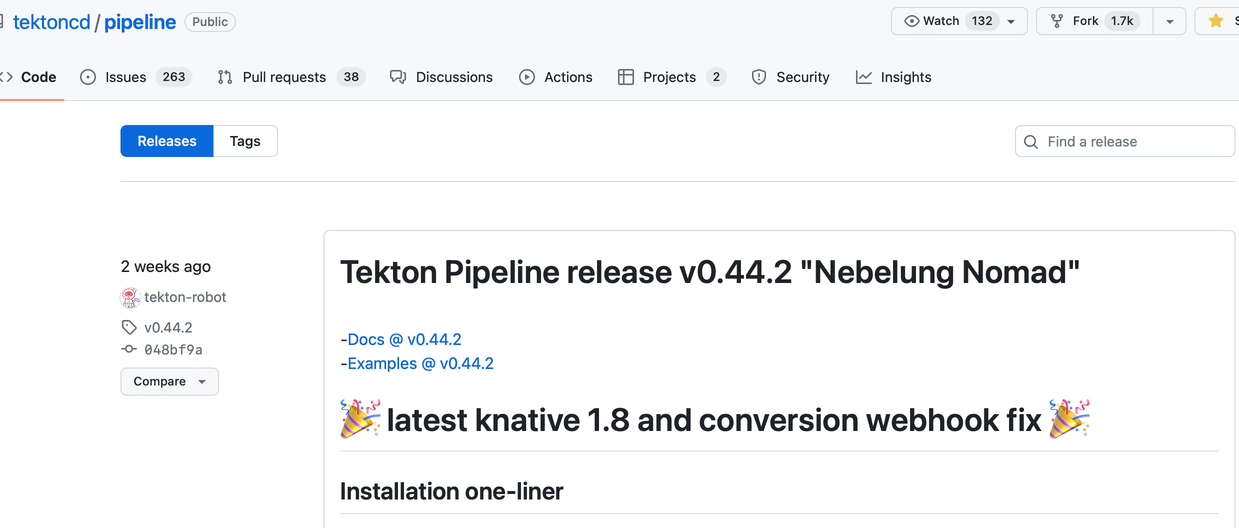
By the way, talking about release number 0.44.2, let’s come back to the definition of a graduated project fron CD foundation:

If we look at the rare reports that appeared in the last year, we will see the same picture: companies, usually pretty large, use Tekton to building some very customized, tailored to internal needs solutions. Tekton gives you full flexibility, if you need it - and few companies seem to need this, and they didn’t find it in other tools, like Argo, Drone, another billion CICD tools, or even less the first CD foundation graduated tool Jenkins - seriously, what does it even mean, Jenkins is like 20 years old now.
What if you don't want to re invent everything from scratch, and you just need, you know, a CI/CD system, that easily integrates with your source control, SSO, and has the features to build and deploy anything, from web apps to mobile apps to machine learning models?
Well, first option is, don’t use Tekton.
The second option, if you are really determined to add Tekton to your CV and tell everyone you have experience with it, but you don’t want to invest 6 months into implementing something like “run build on for push”, then look at Pipelines as Code.
It’s a project coming out of OpenShift and RedHat, and it adds few more Lego blocks that actually make Tekton usable.
It’s something that you would have to implement yourself with many CRDs like I showed in another article, but now it’s just a single Repository CRD. You can then keep your pipeline inside the repository, like in any other CI/CD system, and it will respond to repository events and be, like, semi-decent substitute for some other systems. Frankly, as of today, I would not consider using Tekton without Pipeline as Code.
And that’s the whole point of Tekton, 1 year ago and today. It’s a powerful collection of Kubernetes CRDs and you can cook a beautiful YAML spaghetti out of it. And if you want something more ready to use, you need to pick Jenkins X, or Pipelines as Code or some other pre-beta-alpha versioned utility that we don’t yet know about. But in general, if you really don’t have to, I would not recommend Tekton as a CI/CD solution. There are way simpler and nicer tools to get this job done.
Here's the same article in video form for your convenience:
